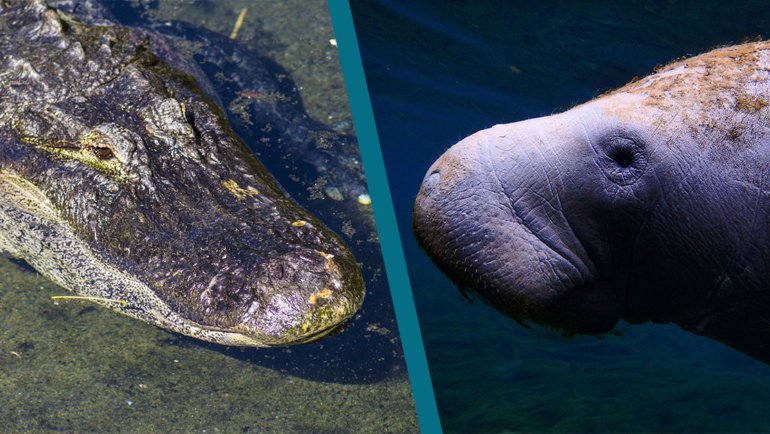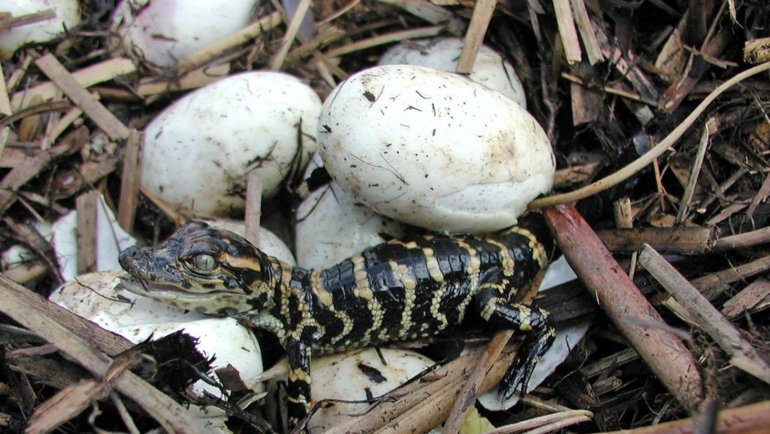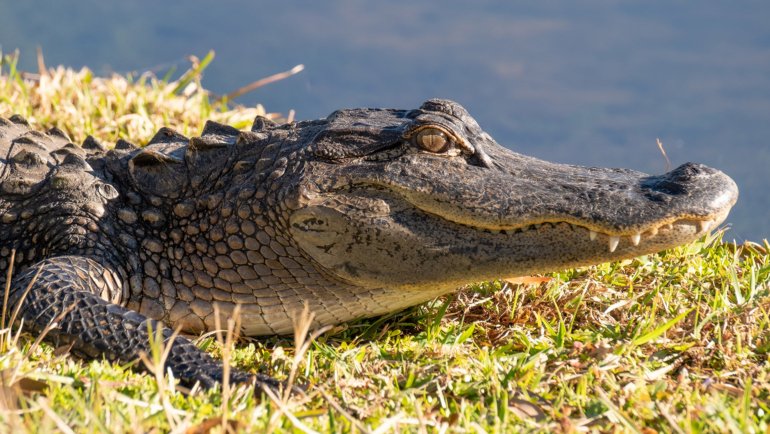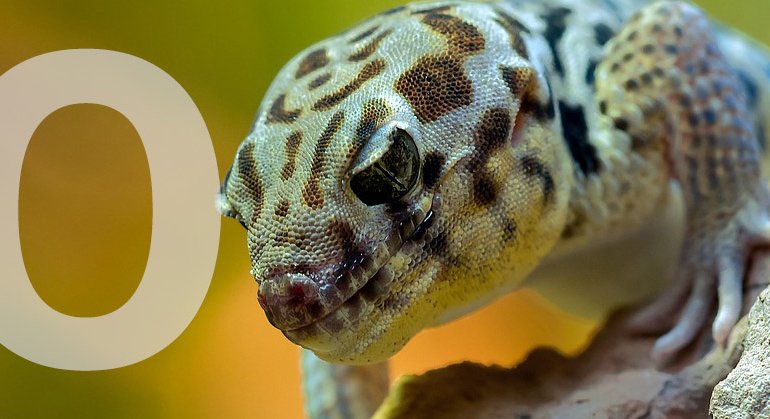The world of crocodilians is filled with ancient secrets, evolutionary marvels, and a myriad of mysteries. These creatures have roamed the Earth for millions of years, bearing witness to the rise and fall of countless other species.
Among the many questions that arise from our intrigue with these reptiles, one stands out in particular: Can alligators and crocodiles mate and produce offspring? It’s a question that not only speaks to our curiosity about these animals but also delves deep into the heart of biology and genetics.
Alligators vs. Crocodiles: The Basic Differences
Before diving into genetics, it’s essential to understand the basic differences between alligators and crocodiles. At first glance, they might seem indistinguishable to the untrained eye, but a closer look reveals key distinctions:
- Physical Appearance: Alligators generally have a broader, U-shaped snout, while crocodiles have a more V-shaped or pointed snout. Additionally, when an alligator’s mouth is closed, its bottom teeth are hidden, but in crocodiles, the upper and lower teeth interlock, showing a toothy grin.
- Habitat: Alligators primarily reside in freshwater habitats like swamps, marshes, and rivers. Crocodiles, on the other hand, are more tolerant of saltwater and can be found in coastal areas, mangroves, and estuaries.
- Distribution: While both are found in various parts of the world, their specific ranges vary. For instance, American alligators are primarily found in the southeastern US, whereas saltwater crocodiles have a more expansive range across parts of India, Southeast Asia, and northern Australia.
For a much more detailed comparison, read our article about Alligators vs. Crocodiles.

Genetic Compatibility: Can Alligators and Crocodiles Mate and Produce Offspring?
Beneath the skin and armored scales of alligators and crocodiles lies a world of complex genetic information that governs every aspect of their being. When considering the possibility of interbreeding, it’s vital to explore their genetic compatibility.
- Chromosome Count: Chromosomes carry an organism’s genetic material. For successful reproduction, the number of chromosomes from both parents needs to align and pair up during fertilization. Alligators and crocodiles, despite being from the same order (Crocodylia), have different chromosome counts, making it a significant barrier for producing viable offspring.
- Evolutionary Divergence: Alligators and crocodiles split from a common ancestor tens of millions of years ago. This long period of evolutionary divergence means that they have accumulated many genetic differences.
- Natural Barriers: Even if, hypothetically, an alligator and crocodile could produce an embryo, other factors like differing mating behaviors, communication signals, and habitat preferences make natural mating encounters extremely rare.
In a nutshell, while alligators and crocodiles might theoretically be able to mate due to their close evolutionary relationship, producing viable offspring is highly unlikely. The significant genetic differences, differing chromosome counts, and natural barriers like mating behaviors and habitat preferences make the chances of successful interbreeding extremely rare, if not impossible.
Past Crossbreeding Attempts Between Alligators and Crocodiles
Throughout history, humans have displayed a curious penchant for trying to crossbreed different species, either to satisfy scientific curiosity or to achieve some perceived benefit. When it comes to alligators and crocodiles, such endeavors have, for the most part, remained in the realm of speculation.
There are no widely accepted or documented instances of successful crossbreeding between alligators and crocodiles. Both creatures have been on Earth for millions of years, and while they share a common ancestry, they have evolved on separate paths.
As far as records show, these paths have not converged in the form of a hybrid offspring, at least not in a naturally occurring setting or in controlled environments.
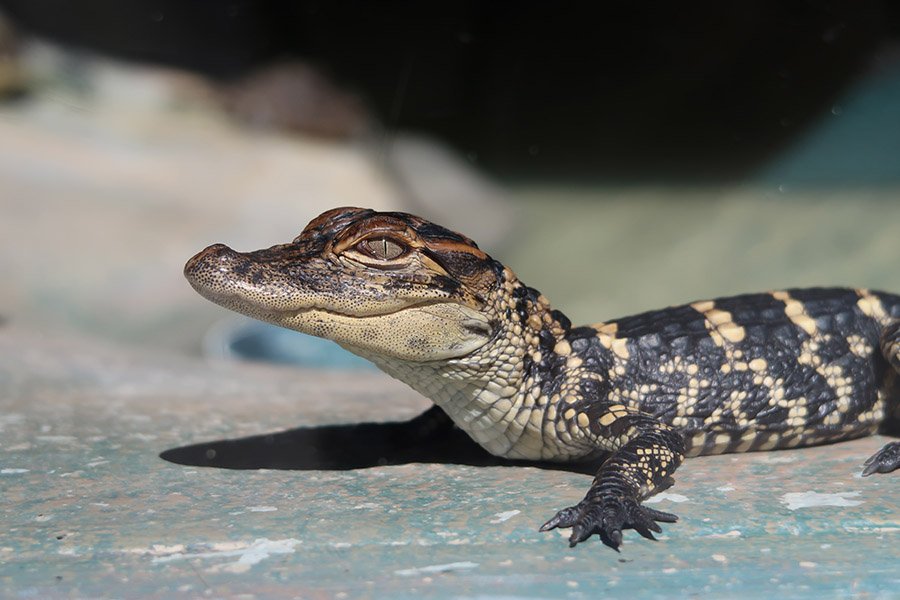
Challenges in Crossbreeding
Physical Barriers: The differences in size and physical attributes between certain species of alligators and crocodiles can make mating attempts awkward or even impossible. For instance, the massive saltwater crocodile dwarfs its American alligator counterpart. This size discrepancy alone can hinder successful mating.
Behavioral Barriers: Alligators and crocodiles have distinct behavioral patterns and mating rituals. Crocodiles might exhibit more aggressive courtship behaviors, while alligators engage in more tactile interactions, like touching snouts. These rituals are more than just mating dances; they play a crucial role in the reproduction process. Without these cues, successful mating becomes challenging.
Communication Differences: The sounds and calls of these reptiles, used for mating and other forms of communication, differ between the two. These auditory signals play a vital role in attracting and wooing potential mates. An alligator might not respond to or recognize the mating call of a crocodile, and vice versa.
Habitat Discrepancies: While there are regions where the habitats of alligators and crocodiles overlap, they generally have different habitat preferences. Alligators primarily reside in freshwater environments like swamps, marshes, and rivers. In contrast, many crocodile species are more tolerant of saltwater conditions. These habitat preferences mean that the two don’t encounter each other frequently, reducing the chances of crossbreeding attempts.
In essence, while it’s a tantalizing thought, the barriers, both physical and behavioral, seem to have kept the genes of alligators and crocodiles distinct, preserving the uniqueness of each species.
What Would a Hybrid Look Like?
The thought of a hybrid between an alligator and a crocodile is genuinely captivating. While pure speculation, drawing from what we know of both species, we can imagine some possible characteristics:
Physical Appearance: The hybrid might boast a snout that’s an intermediary between the broad, U-shaped snout of an alligator and the more V-shaped one of a crocodile. Skin coloration could be a blend of the darker alligator hue with the lighter, often olive-green of crocodiles.
Teeth Exposure: Alligators often have their upper teeth exposed when their mouths are closed, whereas crocodiles show both upper and lower teeth. A hybrid might display a mix, with a few bottom teeth also showing.
Size: Depending on which crocodile species we’re considering, the hybrid could range in size. If we take the saltwater crocodile and the American alligator, for instance, our hypothetical creature might be quite massive.
Temperament: Crocodiles are generally considered more aggressive than alligators. A hybrid might fall somewhere in between, having a temperamental nature but possibly being more docile than its crocodile parent.

Ecological Implications of a Hybrid
Ecological Role: A hybrid, depending on its attributes, might occupy a unique niche in the ecosystem. If it inherits the saltwater tolerance of crocodiles and the cold tolerance of some alligators, it could potentially thrive in a wider range of habitats.
Predation: With the potential size and strength of a hybrid, it could become a dominant predator, affecting populations of smaller creatures. Its diet might be diverse, combining preferences from both parents.
Reproduction: If the hybrid turns out to be fertile, which is not always the case with cross-species offspring, it could introduce a new set of genetics into the environment. This would pose challenges for conservationists and ecologists.
Ecosystem Balance: The introduction of a new apex predator could disrupt the balance in regions where the local fauna isn’t adapted to such a presence. This might lead to unexpected consequences for both aquatic and terrestrial ecosystems.
Frequently Asked Questions
Why are alligators and crocodiles often confused with each other?
They share a lot of similarities in appearance, behavior, and habitat, leading to confusion. Key differences lie in their snout shape, dental structure, and habitat preferences.
Are there any known instances of successful crossbreeding in captivity?
There’s no widely accepted record of alligators and crocodiles successfully crossbreeding in captivity or the wild.
How do alligators and crocodiles communicate during mating rituals?
Both use a combination of vocalizations, body movements, and physical touch. For instance, male alligators are known for their deep bellowing calls and water dance, while crocodiles might use more varied vocal sounds.
What are other examples of hybrids in the animal kingdom?
Some famous examples include the mule (horse x donkey), liger (lion x tiger), and the wholphin (whale x dolphin). These hybrids often result from human intervention and can exhibit a mix of traits from both parent species.
Other Articles About Alligators
- American Alligator: Characteristics, Diet, Facts & More [Fact Sheet]
- All About Alligator Eyes (With Pictures & Surprising Facts!)
- Do Alligators Hibernate? Where Do They Go In The Winter?
- Caiman vs. Alligator: Distinguishing the Reptilian Relatives
- Can Alligators Live in Saltwater? The Salty Secrets of Alligator Habitats
- What is a Group of Alligators Called? Do All Alligators Live in Groups?
- How Long Can Alligators Hold Their Breath? Or Do They Breathe Underwater?
- How Far North Do Alligators Live? Alligator Range Overview

